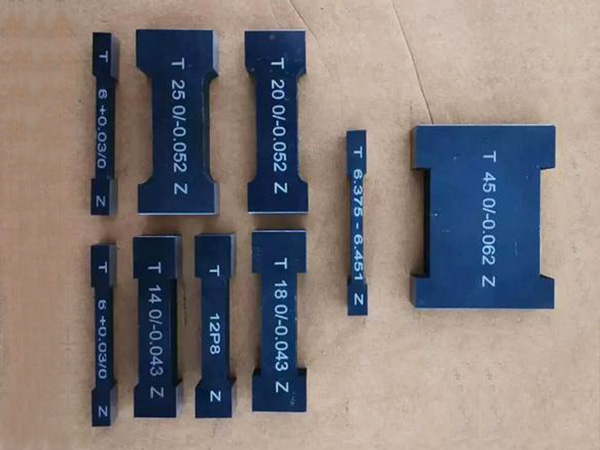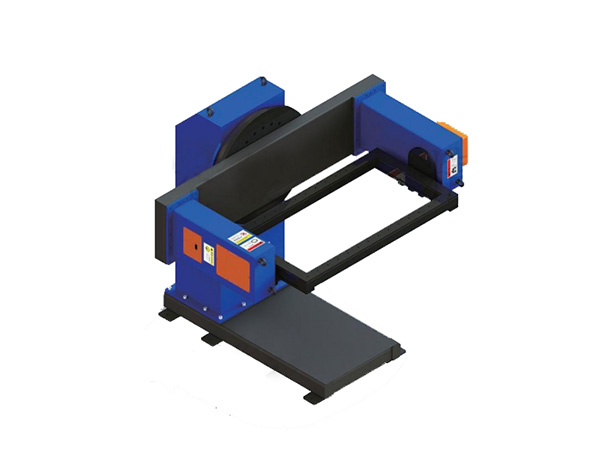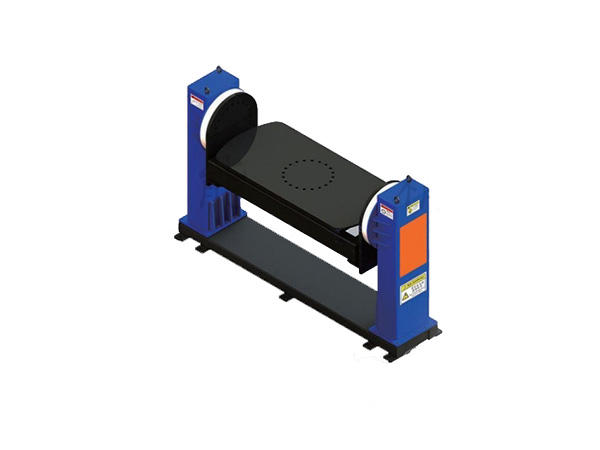- Navigation -
NEWS DETAILS
NEWS INFORMATION
Portable Welding Tables vs. Fixed Models: Which Option Fits Your Workstyle Best?
AUTHOR:Bozhong Tool DATE:2025-11-20 16:25:53 HITS:157
Choosing the right welding table is one of the most influential decisions a welder or fabricator can make. From structural stability to job-site mobility and production consistency, your table determines how comfortable, accurate, and safe your welding process will be. Whether you're working as a small workshop operator, an equipment manufacturer, or handling batch-level production, the decision often narrows down to two major types: portable welding tables and fixed welding tables.
Although both serve the same fundamental purpose—providing a sturdy platform for assembling and welding metal components—their design philosophies, advantages, and ideal use cases differ dramatically. This article explores the strengths and limitations of each style to help you choose the welding table that genuinely enhances your workflow.
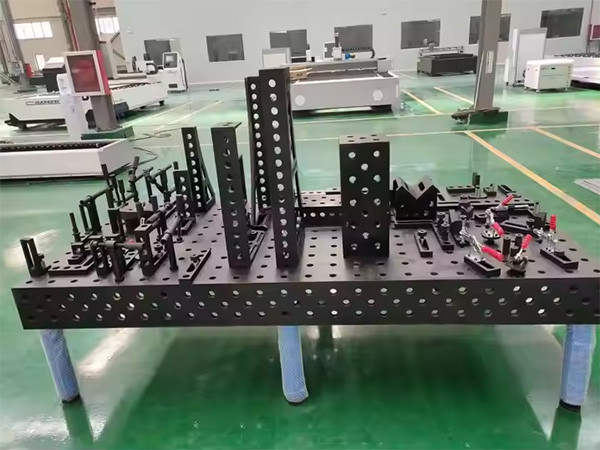

Understanding Portable Welding Tables
A portable welding table prioritizes mobility and adaptable workspace layouts. These tables typically feature foldable legs, manageable weight, and sometimes wheels or carry handles. While not as heavy-duty as permanent tables, modern portable designs have improved durability and weight capacity considerably.
Why Portable Welding Tables Are Valuable
1. Perfect for Mobile Welding or Multi-Location Work
If your welding tasks often occur outside a fixed workshop—construction sites, outdoor repairs, or large facilities—portability becomes essential. A portable welding table lets you bring your work surface anywhere your tools need to go.
2. Saves Space in Compact Workshops
For fabricators who work in shared spaces, garages, or small workshops, the ability to store the table after use keeps the environment clear and functional. This is particularly useful for welders who must balance cutting, grinding, and assembly in one limited area.
3. Adaptability Across Different Projects
Because you can reposition a portable welding table easily, you can adjust your working angle, lighting, and approach as needed. This flexibility is a major advantage when handling irregular shapes or assembling parts that require multiple orientations.
4. Good Strength-to-Weight Ratio
Even though these tables are designed for mobility, a well-built portable welding table can still support most light-to-medium fabrication tasks. Reinforced steel tops and cross-braced frames ensure reasonable stability.
Understanding Fixed Welding Tables
A fixed welding table is engineered for strength, rigidity, and precision. It usually features a thick steel plate surface, heavy legs, and bracing that ensures zero movement under load. Many permanent welding tables also include precision holes, T-slots, or fixturing systems for repeatable setups.
Why Fixed Welding Tables Excel in Professional Settings
1. Superior Stability for Precision Welding
When working on critical welds—structural components, machinery frames, or large fabrications—the solid stance of a fixed welding table eliminates vibration and movement. This leads to cleaner seams and more consistent weld penetration.
2. Supports Extremely Heavy Workpieces
Fixed tables are designed to handle large assembly weights without bending or shifting. For shops producing machine frames, industrial housings, or heavy steel parts, a permanent table is practically mandatory.
3. Built for Long-Term Durability
The thick, heat-resistant steel surfaces of fixed welding tables withstand years of sparks, impacts, and thermal cycling without warping. For a professional shop or manufacturer, this makes the table a long-term investment.
4. Ideal for Repetitive Production Tasks
If your workflow involves jigs, fixtures, or repeatable component layouts, a fixed welding table provides the consistency needed for uniform results. Many production lines rely on these tables to maintain dimensional accuracy over multiple batches.
Direct Comparison: Portable vs. Fixed Welding Tables
1. Stability
·Portable: Stable enough for general work but may vibrate slightly
·Fixed: Extremely stable; ideal for precise layouts and heavy forces
2. Flexibility
·Portable: Highly adjustable and easy to reposition
·Fixed: Made for permanent placement; limited mobility
3. Space Efficiency
·Portable: Great for small or shared spaces
·Fixed: Requires a designated and spacious work area
4. Production Use
·Portable: Best for maintenance, repairs, and variable tasks
·Fixed: Best for repetitive, precision-focused production or manufacturing
5. Cost
·Portable: More affordable, especially for beginners
·Fixed: Higher initial cost but superior return on investment over time
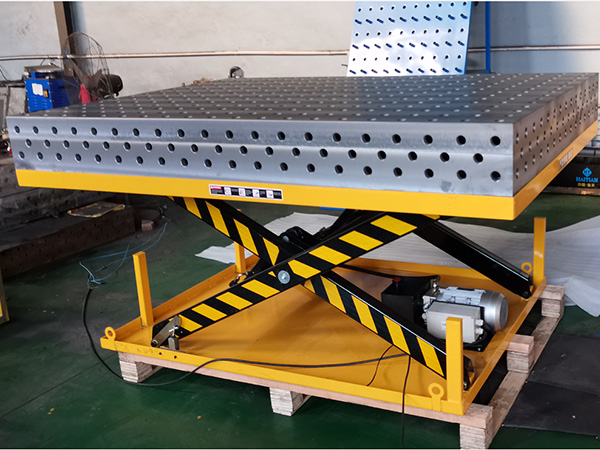

Which Welding Table Is Right for You?
Choose a Portable Welding Table If:
·You work in multiple locations
·Space is limited or shared
·Mobility is more important than maximum load capacity
·You handle small to medium projects
·You value convenience and quick setup
Choose a Fixed Welding Table If:
·You weld heavy or structural components
·Precision is a priority
·You're involved in repetitive fabrication or production
·You operate as a manufacturer or professional shop
·You want a long-lasting, high-rigidity workstation
Conclusion: Your Welding Table Shapes Your Workflow
The right welding table not only supports your materials—it supports your efficiency, your precision, and your long-term productivity. Portable welding tables shine in flexible, space-limited, or mobile welding situations, while fixed tables dominate in professional workshops and manufacturing environments where stability and repeatability matter most.
Whether you prioritize mobility or precision, the best choice is the one that aligns with your project types, workspace layout, and production demands. Investing in the correct welding table ensures safer work, better weld quality, and smoother operations from start to finish.
References
GB/T 7714:Smith G T. Cutting tool technology: industrial handbook[M]. London: Springer London, 2008.
MLA:Smith, Graham T. Cutting tool technology: industrial handbook. London: Springer London, 2008.
APA:Smith, G. T. (2008). Cutting tool technology: industrial handbook. London: Springer London.
-
Portable Welding Tables vs. Fixed Models: Which Option Fits Your Workstyle Best?
-
Sand Casting vs. Die Casting: Best Method for Machine Tool Parts
-
Long-Term Methods to Maintain Granite Platform Flatness
-
Accurate Methods to Check the Flatness of Cast Iron Surface Plates
-
Pro Tips and Creative Hacks for Using a Welding Table in DIY Metalwork
-
How Heat Treatment Improves Machine Tool Castings
Botou Bozhong Precision Machine Tool Co., Ltd.
Copyright © 2025-2026 https://www.bozhong-weldingtable.com. All Rights Reserved Botou Bozhong Precision Machine Tool Co., Ltd.Copyright





 Current Location:
Current Location: